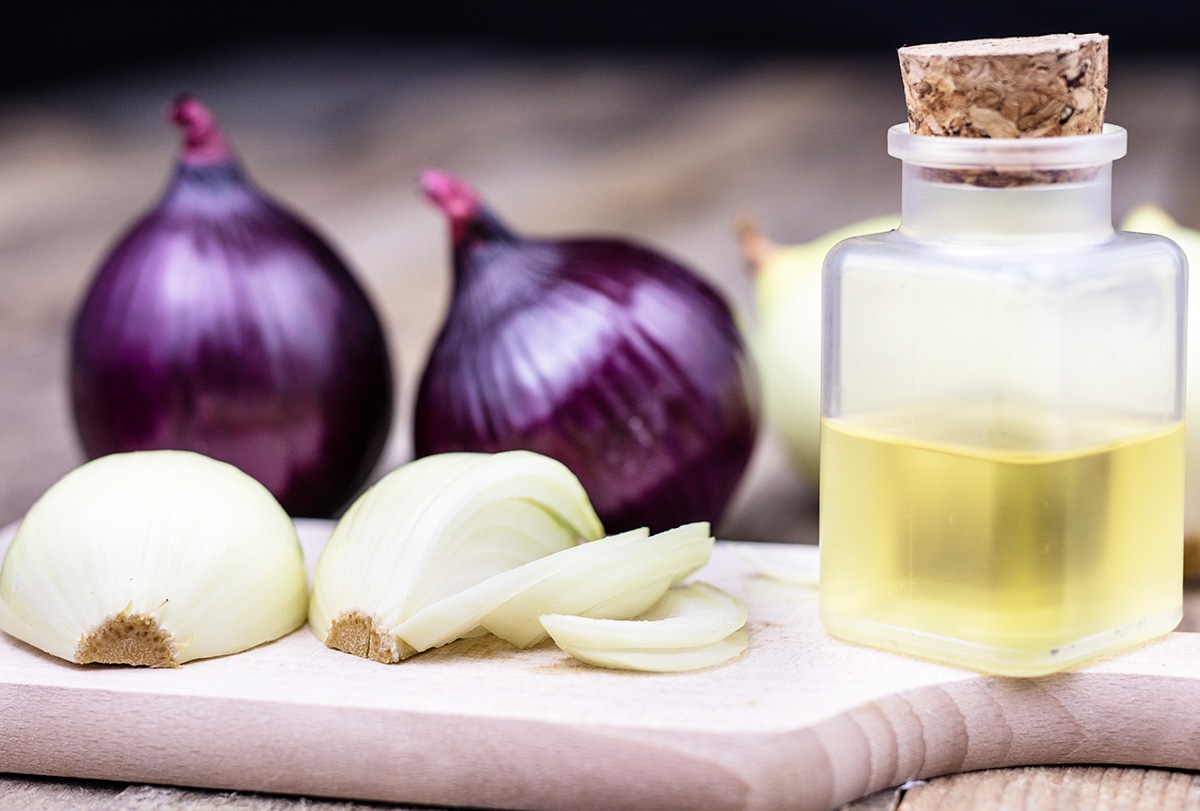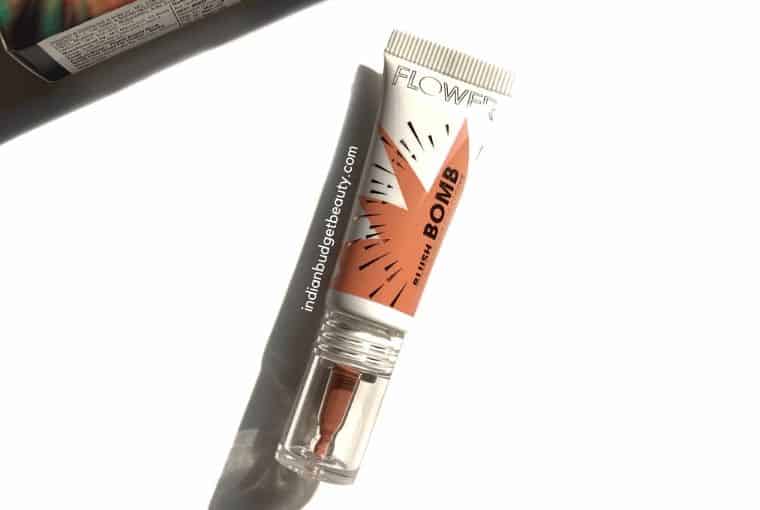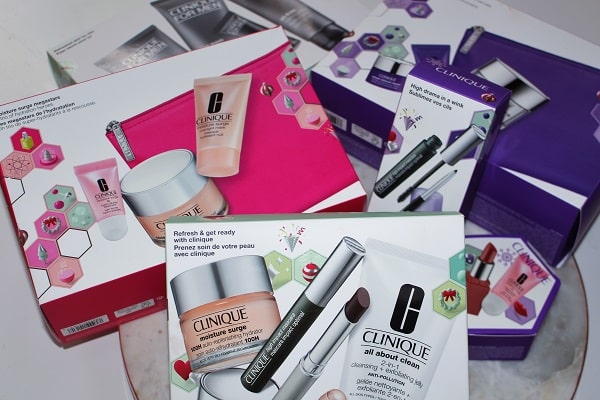Various types of jellyfish are found at different depths of the seas and oceans. Their shapes may vary, but all of them have a see-through body with multiple snake-like tentacles attached. (1)
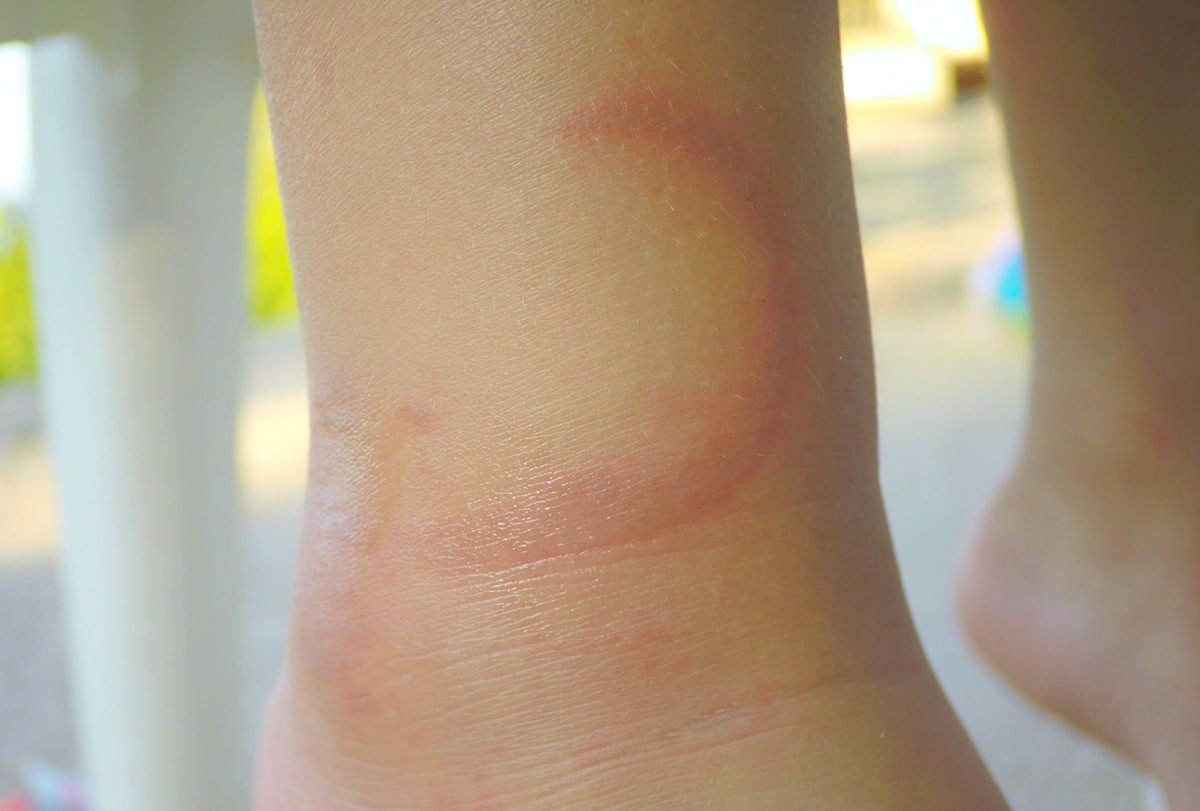
These sea creatures are a fascinating sight to behold, but they are also quite dangerous on account of their venomous sting. Their tentacles are lined with thousands of tiny prickly stingers that release venom after piercing into the skin. (2)
In order to counter these toxins, your body releases inflammatory substances to the sting site, causing a variety of symptoms.
Some species of jellyfish are more dangerous than others. The toxicity of the venom can range from one to another, and that will determine the severity of the reaction along with a few other factors. However, in most cases, a jellyfish sting does not require medical aid or a hospital visit and can be effectively managed at home. Read to know more.
Home Remedies to Treat Jellyfish Stings
Note: These home remedies are suggested for mild reactions to jellyfish stings. Please consult your doctor if you are unsure of the toxicity of the sting.
1. Wash with ocean water
If you get stung by a jellyfish at the beach or while swimming, the first thing you need to do is wash the affected area with the saline water of the sea/ocean. The salt helps inactivate the toxins to some extent for a milder reaction.
Plus, this act of rinsing helps remove any stingers that may be stuck to your skin. (3) If left unremoved, these stingers will continue to release more venom into the skin, leading to a severe reaction. They also keep pricking and hurting the skin.
Disclaimer: Don’t use fresh water, alcohol, ethanol, meat tenderizer, or ammonia on the affected area as they can worsen the reaction. Also, don’t rub or press the area.
When the tentacle of the jellyfish touches the skin, it leaves numerous tiny stinging cells on the surface as well that continue to penetrate into the skin and worsen the reaction. Your goal should be to remove these stingers, but rubbing or pressing will only push them further into the skin.
2. Wash with vinegar
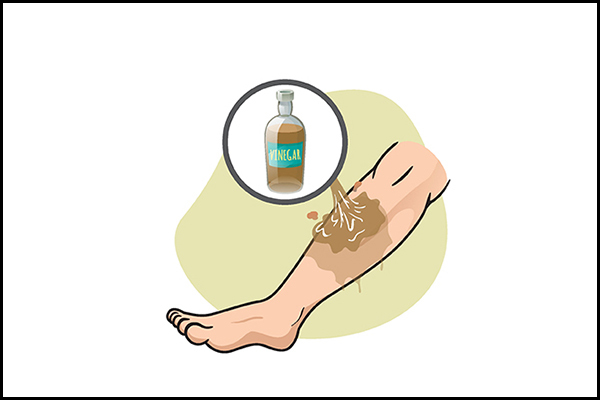
After washing your sting site with saline seawater, your next step should be to remove the thousands of microscopic stinging cells that are still left on the surface of the skin.
These stinging cells will continue to pierce through the skin and release more venom inside and thereby trigger a more extreme reaction. Also, repeated pricking causes more pain and discomfort.
One way to do this is by soaking the sting site in copious amounts of household vinegar. According to some in vitro studies, this potent liquid can help inactivate or stun the thousands of microscopic stinging cells on the surface of the affected skin that are yet to penetrate. (3)
Thus, vinegar washing halts the repeated stinging that occurs after the initial contact with the jellyfish tentacle. By reducing the amount of toxins that enter the body, this remedy can help minimize the reaction. (4)
Vinegar works against all types of jellyfish stings without the risk of adverse side effects or reactions. (5)
Directions:
Immerse the affected skin in 5% acetic acid or household vinegar for at least 30 seconds.
3. Use a pair of tweezers or a towel to remove stingers
Another way to remove the remaining stinging cells from the surface of the skin is by manually plucking them out.
But don’t do this with your bare hands as they will catch the stingers. Wear gloves or use a towel when touching the sting site. You can also use a pair of tweezers to get the job done with precision and minimal skin-to-skin contact. (6)
4. Soak in hot water
This gentle heat therapy stimulates blood circulation under the skin and relieves the pain and inflammation caused by jellyfish stings. (7)
Directions:
- Fill a bucket, tub, or bathtub with standard tap hot water, which should be at a temperature of 107°F to 115°F (42°C to 45°C).
- Soak the affected body part into the water for 10–20 minutes or until the water cools down.
- Repeat as needed, but with intervals in between.
Note: Always check the water to make sure it is not too hot before dipping your skin in.
5. Apply an ice pack
The application of cold temperature to the sting site numbs the underlying nerve endings to make you feel less pain, although this desensitizing effect only lasts for a short duration.
Moreover, the cold helps bring down the skin inflammation that manifests in the form of redness, swelling, and itching. (1)
Directions:
- Wrap a few ice cubes in a thin cloth or towel to make a cold compress.
- Place it on the painful or inflamed area for 10 minutes.
- Remove for a while and then reapply if needed to reduce the pain.
Caution: Don’t apply ice directly to the skin as it can damage the skin and even lead to frostbite.
6. Apply aloe vera gel
Aloe vera has powerful anti-inflammatory properties that can be traced back to its rich antioxidant content. When used topically on the sting site, it helps curb the underlying inflammation and thus soothe the pain, itching, swelling, and erythema. (8)
Aloe vera also works as an antimicrobial agent that helps kill any germs present on the affected skin, thus reducing the risk of infection.
Directions:
- Cut open a fresh aloe vera leaf and extract its gel.
- Apply this gel to the affected area.
- Leave it on for a few hours, and then wash it off with lukewarm water.
- Use this remedy 2–3 times a day.
Alternative:
- Fill an ice cube tray with aloe vera gel and put it in the freezer.
- Wrap the frozen cubes in a thin towel to make a cold compress.
- Gently massage it all over the sting site for instant relief from the pain and swelling.
- Repeat several times a day.
7. Try an oatmeal bath soak
Oatmeal is credited with strong anti-inflammatory properties that can help soothe the irritation, itching, and swelling triggered by jellyfish stings. (9)(10) Colloidal oatmeal, which is oats ground into a very fine powder, is recommended.
Directions:
- Fill your bathtub with lukewarm water and put 2 cups of colloidal (powdered) oatmeal in it.
- Give it a good stir so that the oatmeal is properly mixed in the water.
- Soak the affected area in it for at least 30 minutes.
- Repeat twice or thrice daily, depending on the severity of your symptoms.
8. Apply chamomile tea/essential oil
Chamomile is full of antioxidants that help curb the inflammation caused by jellyfish stings. When used topically, it helps bring down the swelling, skin irritation, redness, and itching at the sting site.
The antioxidants in chamomile also help promote skin healing. (11)
Directions:
- Refrigerate two cups of chamomile tea for an hour.
- Dip a washcloth in this chilled tea, and then apply it to the affected skin.
- Leave it on for 10 minutes before rinsing the area with plain water.
- Repeat several times daily for a few days.
Alternative:
- Mix 4–5 drops of chamomile essential oil in 1 tablespoon of coconut or castor oil.
- Apply this mixture to the affected area several times daily for a few days.
9. Use witch hazel
Witch hazel can help reduce the severity of a jellyfish sting. It works as an astringent that helps cut down the toxicity of the venom to subdue the reaction.
Witch hazel also exhibits anti-inflammatory effects that help ease the pain, itching, and swelling caused by jellyfish stings. (12)
Directions:
- Mix 2–3 drops of witch hazel in a glass of water.
- Dip a cotton ball in the solution and dab it all over the affected area.
- Repeat as needed.
Alternative:
Apply an over-the-counter witch hazel lotion to the sting site.
10. Apply a paste of baking soda
Baking soda helps neutralize and remove the toxins released by the jellyfish sting. This compound is slightly alkaline and therefore counteracts the acidic nature of the toxins. It weakens the venom and thereby the reaction caused by it.
Thus, baking soda can help reduce the inflammatory symptoms associated with a jellyfish sting. Additionally, it helps change the skin pH to a more alkaline one so that it becomes inhospitable for infection-causing germs. (3)(13)
Directions:
- Take a small quantity of baking soda in a bowl and mix just enough water to make a thick paste.
- Apply this paste to the sting site, and try to reapply every 15–20 minutes. You can gently scrub this paste over the skin to get rid of the venom and stingers too.
Symptoms Associated With Jellyfish Stings
Getting stung by a jellyfish is always a painful experience, although it usually doesn’t require a hospital visit. In most cases, the venom does not spread far from the sting site, and so the inflammatory reaction remains localized to that area.
The common symptoms of a jellyfish sting include:
More severe reactions are often marked by the following symptoms:
- Intense pain or cramping in different parts of the body such as the chest, abdomen, back, and muscles (14)
- Skin burns or blisters at the sting site
- Fast heart rate (tachycardia) (14)
- Labored breathing
- Fluid accumulation in the lungs or pulmonary edema, but this is very rare
- Weakness
- Headache
- Sweating (14)
- Nausea and vomiting
- Weakness
- Lightheadedness, confusion, or fainting
- Itchy rashes may form 1–4 weeks after getting stung
The following factors determine the severity of your reaction to a jellyfish sting:
- Size and type of the jellyfish
- Your age, body size, and overall health (these explain why kids and people with preexisting conditions are more vulnerable to severe reactions)
- Duration of exposure to the stingers
- Total area of the skin affected
Treatment for Jellyfish Stings
The treatment for jellyfish stings depends on the severity of your reaction. It includes first-aid care and medical treatment, often using the following interventions:
- Over-the-counter analgesics for pain relief along with topical corticosteroids or oral antihistamines to soothe inflammatory symptoms such as swelling, redness, and itching. (15)(16)
- For a severe systemic reaction, you may need emergency medical care including cardiopulmonary resuscitation (CPR), a ventilator, and antivenom medication if you get stung by deadly species such as the box jellyfish. (17)
- If you get stung near or on the eye, you will require prompt medical aid to control the pain and flush the venom from the eyes.
Tips to Avoid Getting Stung by a Jellyfish
Avoid jellyfish stings by following these tips:
- It is always a good idea to have a lifeguard nearby when you take a dip into coastal waters. Ask the lifeguard and local residents about what areas to avoid to minimize the risk of a jellyfish sting.
- Avoid coastal waters during jellyfish season to minimize your risk of getting stung.
- There are anti-jellyfish sting lotions available on the market that claim to form a protective layer over the skin to counter jellyfish stings. Some clinical evidence suggests that this lotion contains certain compounds that may help inactivate the stinging cells or toxins released by the jellyfish tentacles on your skin. (18) This preventive intervention is especially recommended for people who are at risk of developing a severe reaction if they get stung, such as children or people with existing medical ailments.
- Dead jellyfish often wash up on the beach, but you must not touch them with your bare hands as they can still release toxins and cause a reaction.
- Wear a skin suit/stinger suit when plunging in coastal waters to protect your body from jellyfish stings. (19) You can also get stung while wading in shallow waters, so it’s also best to wear protective footwear when doing so.
When to See a Doctor
There are some species of jellyfish whose venom can trigger a systemic reaction that affects the entire body and warrants emergency medical aid. Then there are some species, like the box jellyfish, which is so poisonous that its sting can even kill you if not treated properly and promptly. (20)
Consult your healthcare provider if your pain, itching, and swelling do not subside even after the initial treatment.
Seek immediate medical attention if you experience any of the following symptoms:
- Breathing problems
- Chest or abdominal pains
- Excessive perspiration
Can Urine Calm a Jellyfish Sting?
No, there is no scientific evidence to suggest that urine can soothe a jellyfish sting. It can, however, make it worse by aggravating the stingers into releasing more toxins and causing a more severe reaction.
Final Word
It is very common to get stung by a jellyfish, which is usually a painful experience but not one that poses a threat to your life.
When you do get stung by a jellyfish, the first step is to remove the leftover stingers on the skin, or else they will continue to cause a reaction. This is followed by simple home interventions and some OTC medication to ease the pain and inflammation.
If you fail to get any relief or if your symptoms get worse, consult your doctor for the required treatment.


